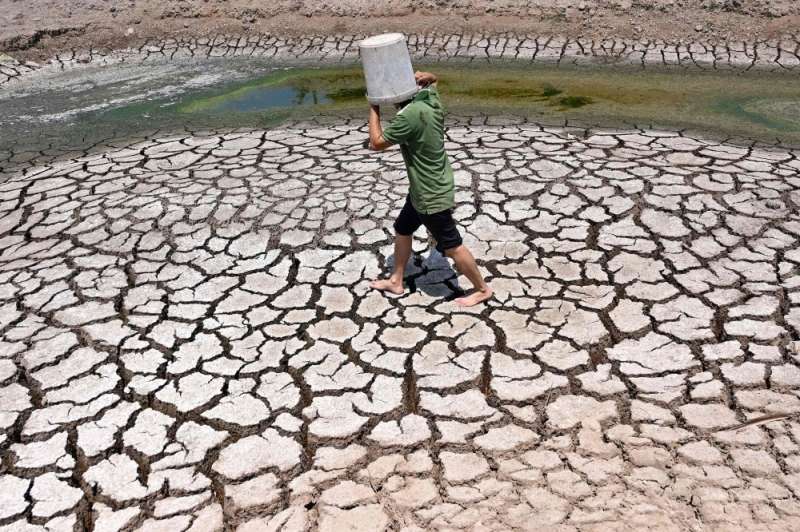April 24: Asia was the region most affected by climate change, weather and water-related hazards globally last year, the United Nations weather agency has said.
In a report published on Tuesday, the World Meteorological Organization (WMO) said the impact of heatwaves in Asia was becoming more severe, with melting glaciers threatening the region's future water security.
Floods and storms were the main cause of casualties and economic damage in 2023, the report added.
It found that Asia has been warming faster than the global average, with temperature rises in 2023 averaging nearly 2 degrees Celsius (3.6 degrees Fahrenheit) above the 1961-90 average, Al Jazeera reported.
“Many countries in the region experienced their hottest year on record in 2023, along with a barrage of extreme conditions, from droughts and heatwaves to floods and storms,” WMO chief Celeste Saulo said in a statement.
According to the Doha-based media network funded by Qatar, Saulo added that climate change “exacerbated the frequency and severity of such events”, calling the report’s conclusions “sobering”.
"Many countries in the region experienced their hottest year on record in 2023, along with a barrage of extreme conditions, from droughts and heatwaves to floods and storms. Climate change exacerbated the frequency and severity of such events, profoundly impacting societies, economies, and, most importantly, human lives and the environment that we live in."
The State of the Climate in Asia 2023 report highlighted the accelerating rate of key climate change indicators such as surface temperature, glacier retreat and sea level rise, saying they would have serious repercussions for societies, economies and ecosystems in the region, AFP reorted.
"Asia remained the world's most disaster-hit region from weather, climate and water-related hazards in 2023," the WMO said.
According to the report, the annual mean near-surface temperature over Asia in 2023 was the second highest on record, at 0.91 degrees Celsius above the 1991-2020 average, and 1.87 C above the 1961-1990 average.
Particularly high average temperatures were recorded from western Siberia to central Asia, and from eastern China to Japan, the report said, with Japan having its hottest summer on record.
As for precipitation, it was below normal in the Himalayas and in the Hindu Kush mountain range in Pakistan and Afghanistan. Meanwhile southwest China suffered from a drought, with below-normal precipitation levels in nearly every month of the year.
The High-Mountain Asia region, centred on the Tibetan Plateau, contains the largest volume of ice outside of the polar regions. Over the last several decades, most of these glaciers have been retreating, and at an accelerating rate, the WMO said, with 20 out of 22 monitored glaciers in the region showing continued mass loss last year.
The report said 2023 sea-surface temperatures in the northwest Pacific Ocean were the highest on record.
Last year, 79 disasters associated with water-related weather hazards were reported in Asia. Of those, more than 80 percent were floods and storms, with more than 2,000 deaths and nine million people directly affected.
"Floods were the leading cause of death in reported events in 2023 by a substantial margin," the WMO said, noting the continuing high level of vulnerability of Asia to natural hazard events.
The WMO said there was an urgent need for national weather services across the region to improve tailored information to officials working on reducing disaster risks.
"It is imperative that our actions and strategies mirror the urgency of these times," AFP quoted Saulo as saying.
"Reducing greenhouse gas emissions and adapting to the evolving climate is not merely an option, but a fundamental necessity."





















